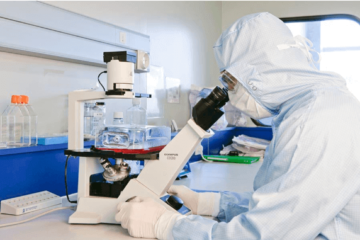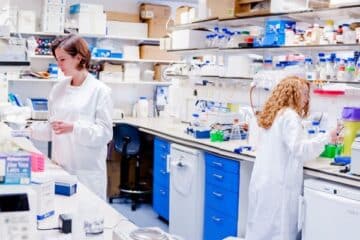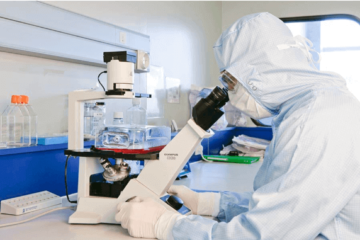Evaluating Stem Cell Therapies in Hypertrophic Cardiomyopathy
Hypertrophic cardiomyopathy (HCM) is a prevalent cardiac disease characterized by excessive thickening of the heart muscle. Stem cell therapies have emerged as a promising therapeutic approach for HCM, offering the potential to regenerate damaged heart tissue and mitigate disease progression. This article evaluates the latest advancements and challenges in stem cell therapies for HCM, examining preclinical and clinical studies, safety considerations, and future research directions.














